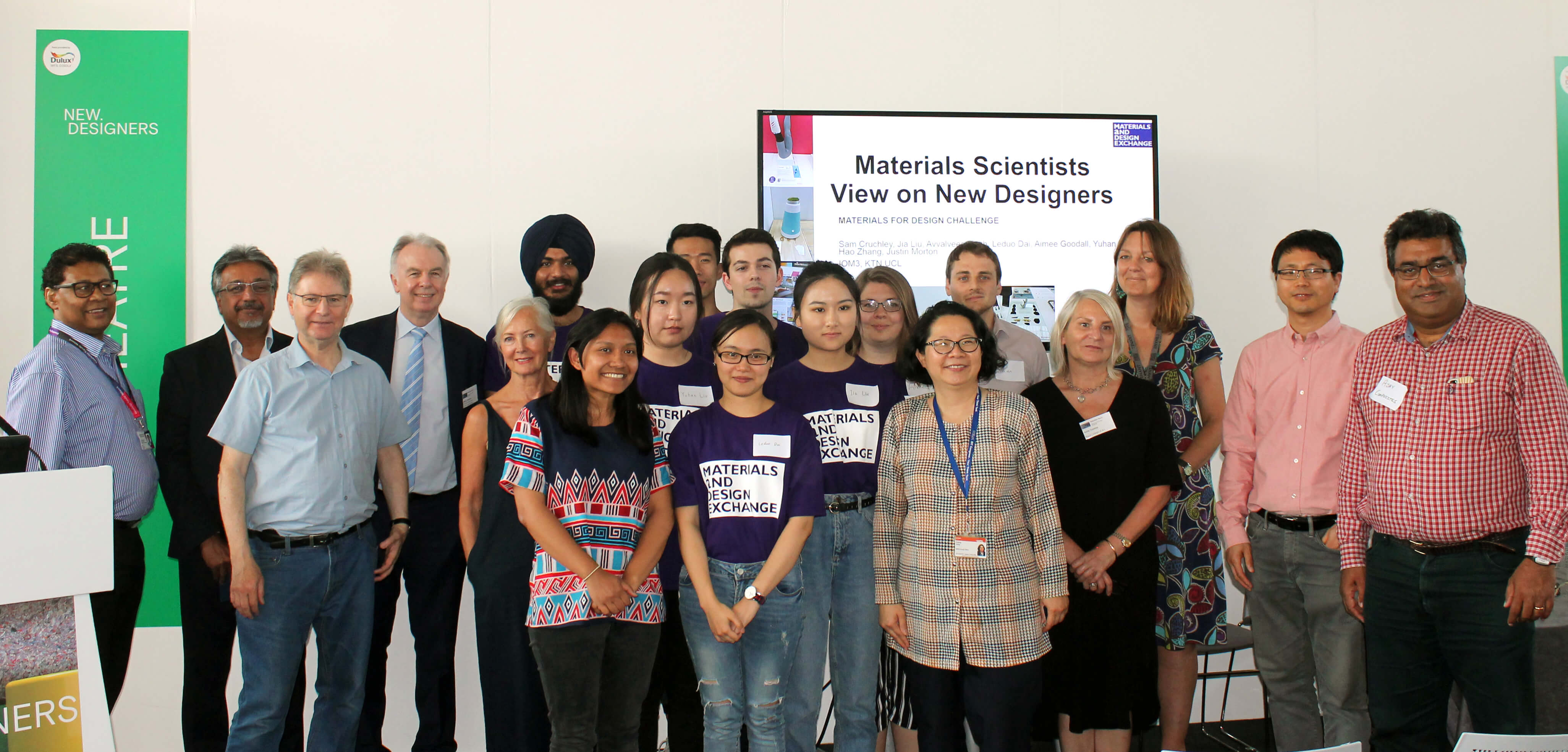 New Designers takes place at the Business Design Centre in London each summer and provides students from across the creative sector an opportunity to showcase their innovative designs and concepts.
New Designers takes place at the Business Design Centre in London each summer and provides students from across the creative sector an opportunity to showcase their innovative designs and concepts.
Every year, the show is well known for exposing fresh talent. This year, visitors saw an emerging trend in design concepts focussed on recycling, sustainability and the circular economy.
Over the years however, there is one area that has been a key limitation in industry: collaboration between materials scientists and designers. Whilst designers tend to face challenges when creating the physical end-products or prototypes of their concepts, material scientists may find gaps in applying their technical knowledge of materials to how end users will experience the final products in which the materials are used in.
Materials and Design Exchange (MaDE) was actively involved in New Designers 2018, encouraging material science students from UCL(University City London) and young members of IOM3 (Institute of Materials, Minerals and Mining) to engage with a selection of exhibiting design graduates. Mentors were present over the two days to facilitate and encourage collaboration between the two communities, who enthusiastically discussed ideas for design concepts and jointly identified innovative ways of applying new materials to solutions.
As the material scientists presented their reflections of the show to a design audience, one topic that became apparent was the rising use of additive manufacturing processes in prototyping the final products. Whilst this allowed design students the freedom of visualising their ideas in granular detail relatively quickly and cheaply, it meant that there was less need for them to understand the real properties and tolerances of the potential materials chosen. For example, a sheet of aluminium of a particular thickness may not bend the same way as shown in the prototype through 3D printing, and thus provides a misrepresentation of the material itself.
This is one of many reasons why materials and design students who usually work completely in isolation from each other, would benefit massively from regular collaboration. MaDE envisages a complete integration of these two communities in order to accelerate the ways new ideas and technologies are turned into products that the market needs and desires.
The following video shows interviews with material science and design students, as well as industry experts, discussing highlights and learnings from MaDE’s Materials for Design Challenge at New Designers 2018.
See the video here